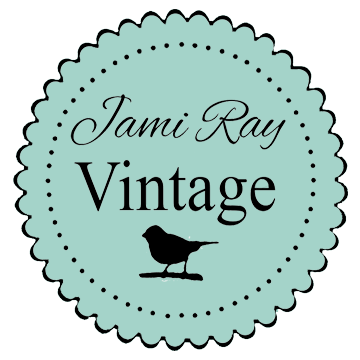Tin Can To Fab Home Decor
Share
The Inspiration
We all have those tin cans lying around after using up their contents. Instead of tossing them into the recycling bin, why not give them a new lease on life? Upcycling is not only a great way to reduce waste, but it also allows you to create unique, personalized decor for your home. This project is perfect for gardeners, DIY enthusiasts, and anyone looking to add a touch of greenery to their living space.
What You’ll Need For this Decor Idea
Before we dive into the steps, let’s gather all the materials you'll need for this tin can planter makeover:
- Empty tin cans (cleaned and dried)
- Cottage Color Paint (in your choice of colors)
- Paintbrush(es)
- IOD Transfer(s)
- Soil and plants (succulents are a great choice)

Step By Step Guide
Step 1: Preparing Your Tin Can
Start by removing any labels and adhesive from the tin can. Wash it thoroughly and let it dry completely. Once dry, use a drill to create a few small drainage holes at the bottom of the can. This is crucial to prevent water from sitting at the bottom and causing root rot.
Step 2: Painting The Can
Next, it’s time to add some color! We used Ameraucana Cottage Colors Paint. This paint has a built in primer and sealer so its a great option for a quick project! Check out jamirayvintage.com to see all of the Cottage Color options!
Step 3: Adding Decorative Elements
To give your planter a unique look, you can cover parts of the can with decorative paper or fabric. We chose to add a transfer from IOD. Instructions on how to apply are at the bottom of this blog.

Home Decor Planter Makeover
And there you have it—a beautiful, upcycled tin can planter that adds a touch of greenery and a splash of color to any room. Not only is this project a fantastic way to repurpose waste, but it also allows you to showcase your creativity and style.
We hope you enjoyed this Waste Not Wednesday project and feel inspired to create your own tin can planters. Share your creations with us in the comments below or on social media using the hashtag #WasteNotWednesday. Happy crafting!
Remember, the beauty of upcycling lies in its endless possibilities. Every tin can, bottle, or piece of scrap material holds the potential to become something extraordinary. So, keep experimenting, keep creating, and most importantly, keep finding ways to turn trash into treasure!

decor decor decor decor decor
decor decor decor decor decor
IOD Transfers are pressure sensitive images that rub on to various surfaces including but not limited to furniture, small decor and crafts. When we design our transfers, it's increasingly important to us to approach them with sustainable, classic designs so that you know your hard work and artistry will be appreciated for years to come.
With a little instruction, they are easy to use and add instant beauty to your projects.
Instructions
Start with a clean, dry, matte surface. If painted, make sure it’s well cured, and if you have sanded the paint make certain there is no residual dust. All of these things will interfere with adhesion. For best adhesion, seal your project surface with a high quality, water-based
polyurethane sealer in matte before applying a transfer.
Carefully remove the transfer from its white backing. Slowly and carefully lower the transfer onto your intended surface, making sure that it does not touch until the placement is correct. Use small pieces of low tack tape to hold it in place.
Using the provided tool, or one of your choice, start at one end of the transfer and rub firmly to adhere the image to the surface. Do this until the entire image is transferred. You are welcome for the free arm workout as well. If any parts aren’t transferred when you lift, simply lay it back down and rub more on that portion. After it is transferred, with a clean dry hand, smooth down any bits that aren’t flatly adhered.
We recommend sealing with a water based (or not harsh
solvent based) sealer (waxes created for chalk type paints also work well if they don’t contain harsh solvents).
